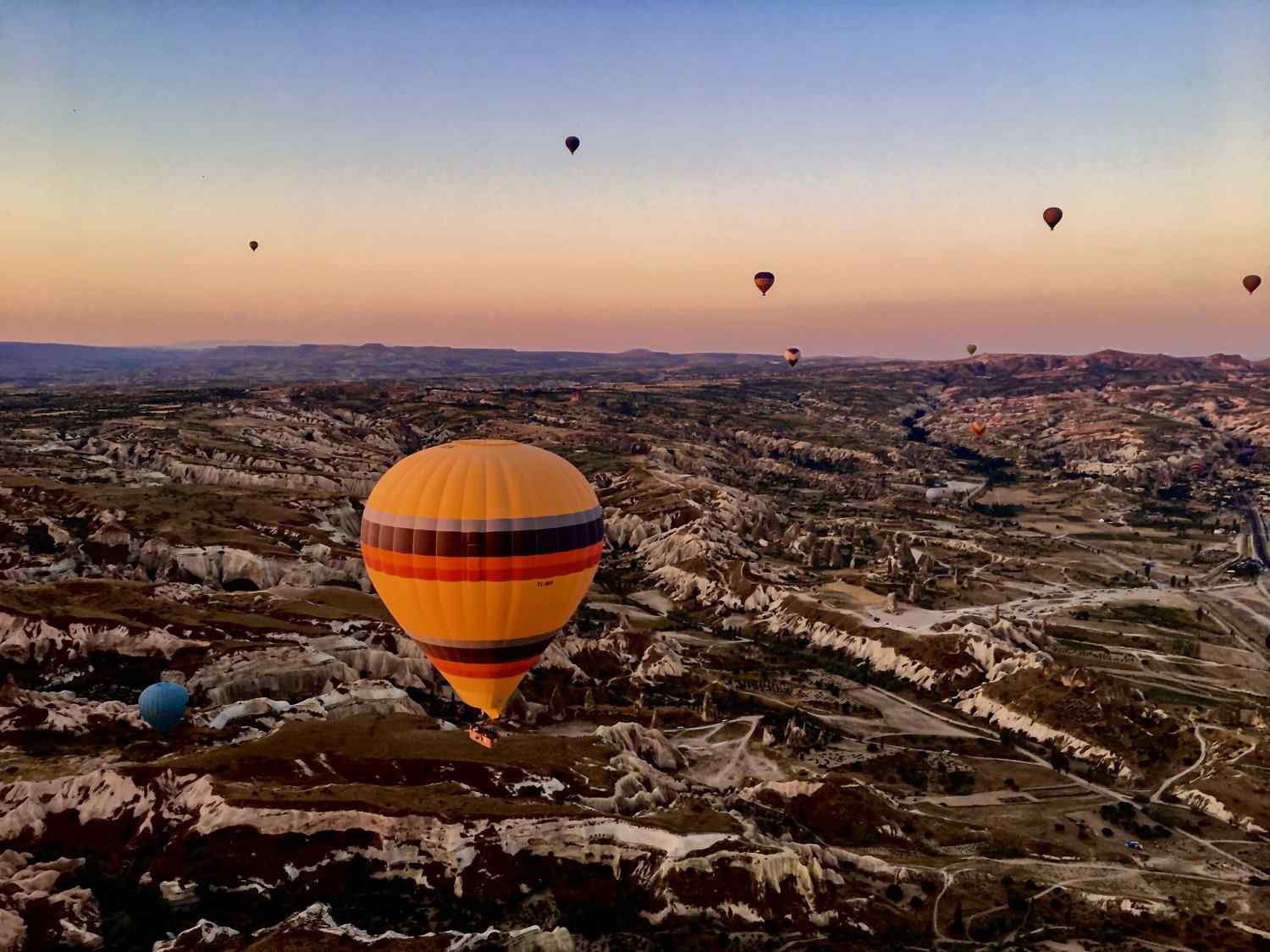Cappadocia is a World Heritage Site because of its outstanding natural and cultural value. The region’s unique landscape and geological formations, combined with its rich history and cultural heritage, make it a significant site of global importance.
The area is known for its otherworldly rock formations, including fairy chimneys, tall cone-shaped rock formations created by volcanic eruptions, as well as cave dwellings, underground cities, and ancient churches carved into the soft rock of the region. These unique features reflect the complex interaction between humans and the natural environment over many centuries.
Cappadocia’s cultural heritage also dates back to ancient times, with evidence of human habitation dating back to the Hittites in the 2nd millennium BCE. Over the centuries, the region was inhabited by various cultures and civilizations, including the Persians, Greeks, Romans, Byzantines, and Ottomans. This rich history is reflected in the many historic buildings and structures found throughout the area, including ancient churches, monasteries, and mosques.
In recognition of its unique natural and cultural heritage, Cappadocia was inscribed as a UNESCO World Heritage Site in 1985. This designation helps to ensure the preservation and protection of this important site for future generations to enjoy and appreciate.




